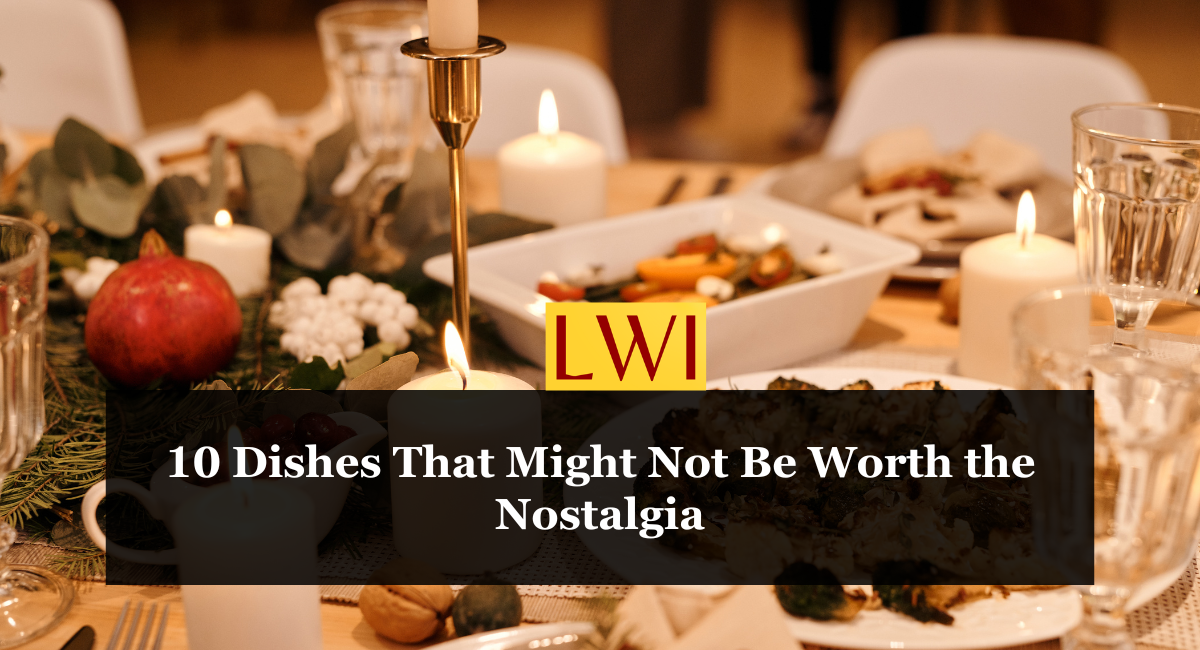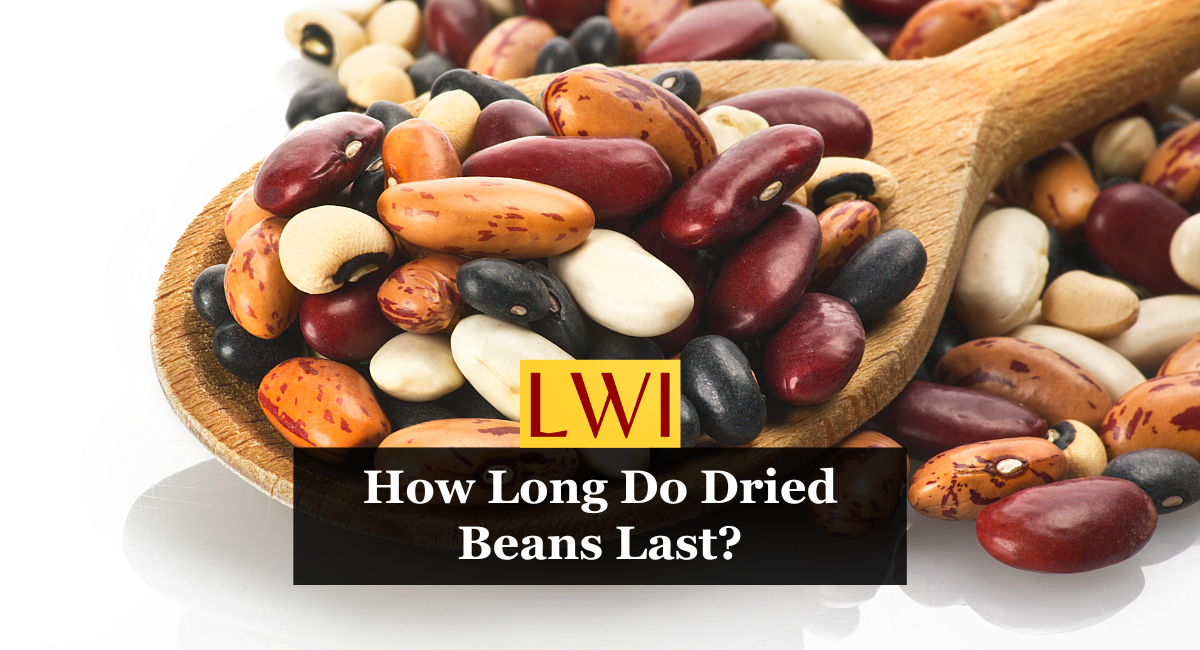Beans, the versatile and nutritious staple, have been a part of our diets for centuries. Particularly in their dried form, they offer not only a wealth of health benefits but also an impressive shelf life. This article explores the longevity of dried beans and provides essential tips for storage and signs of spoilage.
How Long Do Dried Beans Last?
Here are the facts about the shelf life of dried beans
What are Dried Beans?
Dried beans are legumes that have been harvested and dried to remove moisture. This process extends their shelf life significantly compared to their fresh or canned counterparts. Common varieties include black beans, kidney beans, chickpeas, lentils, and more.
Do Dried Beans Expire?
Under ideal conditions, dried beans can last an astonishingly long time. Properly stored, they can remain edible for up to 2-3 years. However, it’s important to note that while beans may not spoil after this time, their quality and nutritional value may diminish.
Factors Affecting Shelf Life Of Dried Beans
1. Storage Conditions
The environment where you store the beans is paramount. Dried beans should be kept in a cool, dry place, away from direct sunlight. Excessive heat or light can cause the beans to deteriorate more quickly.
2. Humidity
High humidity can be detrimental to dried beans. It can lead to mold growth and spoilage. Beans should be stored in an area with low humidity to maintain their dry state.
3. Air Exposure
Oxygen can accelerate the aging process of beans. Over time, exposure to air can cause beans to become stale and lose their flavour. Using air-tight containers can help minimize air exposure.
4. Packaging
The type of packaging can also impact shelf life. Beans stored in sealed, vacuum-packed bags will generally last longer than those in loosely closed bags or containers.
5. Temperature Fluctuations
Consistent storage temperatures are ideal. Frequent changes in temperature can lead to condensation inside the storage container, which can increase the risk of mold or mildew.
6. Pest Control
Beans are susceptible to infestation by insects and rodents. Proper storage includes ensuring that containers are pest-proof and regularly inspecting for signs of infestation.
7. Age Of Beans At Purchase
The shelf life countdown begins from the time of harvest, not purchase. Older beans at the time of purchase will have a shorter shelf life.
8. Quality Of Beans
The initial quality of the beans also plays a role. Beans that are harvested and processed correctly and are free from damage will last longer.
Signs of Spoilage of dried beans
- Mold And Mildew
The most obvious sign of spoilage is the presence of mold or mildew, which can appear as fuzzy spots or discoloured areas on the beans. This is often a result of moisture getting into the storage container.
2. Off Odors
A musty, sour, or otherwise off smell is a clear indicator that the beans have gone bad. Good dried beans should have a neutral, earthy smell.
3. Discoloration or Dark Spots
While some variation in colour is normal, significant darkening or the appearance of dark spots can indicate that the beans are past their prime.
4. Insect Infestation
If you notice holes in the beans or insects inside the container, the beans have been compromised. Insects can include weevils, which are common pests in stored grains and legumes.
5. Strange Taste Or Texture
If the beans have an unusual taste or texture after cooking, they may have spoiled. This could be a result of prolonged storage or poor storage conditions.
Maximizing Shelf Life Of Dried Beans
- Proper Storage Containers
Use airtight containers for storage. This protects the beans from moisture, air, and pests. Glass jars with tight-fitting lids or vacuum-sealed bags are excellent choices.
2. Cool, Dry, and Dark Location
Store your beans in a cool, dry place away from direct sunlight. Pantries or cupboards away from heat sources like stoves or ovens are ideal. Consistent, moderate temperatures help prevent deterioration.
3. Control Humidity
In areas with high humidity, consider using dehumidifiers or silica gel packets in storage areas to absorb excess moisture, which can cause mold or spoilage.
4. Avoid Air Exposure
Limit the amount of time beans are exposed to air. Once you open a package, transfer the beans to an airtight container to prevent them from getting stale.
5. Regular Inspection
Periodically check your stored beans for signs of spoilage or pest infestation. Look for any changes in colour, smell, or the presence of insects.
6. First-In, First-Out Policy
Use older beans first and add new stock behind them. This rotation ensures that you use beans when they are at their best quality.
Dried beans are a practical and healthy addition to any pantry. With proper storage and care, they can provide nutritional value and culinary versatility for years. Remember to regularly check your stock and enjoy the myriad of dishes you can create with this timeless ingredient.
-
10 Relationship Issues Therapists Might Not Be Able to Fix

Falling in love is easy. Maintaining a healthy, happy relationship? That takes work. Sometimes, despite our best efforts, couples hit roadblocks that seem impossible to overcome. While therapy can be … Read more
-
Walmart Is Having A Giant Sale Starting Today

Walmart, the retail giant known for its competitive prices and wide array of products, is set to launch a colossal sale starting today. With discounts on everything from electronics to … Read more
-
10 Fruits You Need to Eat Every Day to Not Gain Weight

We’ve all heard the saying “an apple a day keeps the doctor away,” but did you know that incorporating a variety of fruits into your daily diet can also be … Read more
-
5 Zodiac Signs Renowned for Mental Fortitude

Have you ever encountered someone who seems to navigate life’s challenges with unwavering composure? Maybe it’s a friend who bounces back from setbacks with remarkable resilience, or a coworker who … Read more
-
10 Dishes That Might Not Be Worth the Nostalgia

Diners – those beacons of comfort food and late-night eats – hold a special place in our hearts. Their greasy spoons, checkered floors, and friendly waitresses conjure up memories of … Read more

